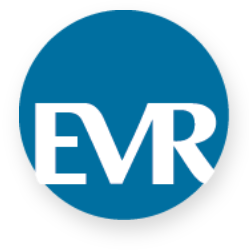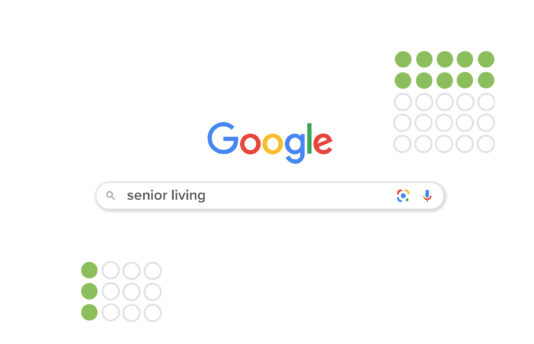Building a brand identity is about far more than slapping a logo on a page. Think of it like designing a building: The logo is your front door, but the foundation, walls, rooms and flow—the visuals, voice and customer interactions—determine whether people step inside, feel welcome and keep coming back.
When you build a brand identity thoughtfully, it strengthens recognition, fosters loyalty and makes your business unmistakable, even in a crowded marketplace. Every detail matters, because each touchpoint either reinforces or weakens the overall structure.
Brand Identity: More Than Meets the Eye
What is brand identity? It’s the sum of everything that represents your brand in a tangible, intentional way. It’s not the same as “brand,” which is how people perceive you overall. Brand identity is the architecture that shapes that perception.
Key elements include:
- Visuals: Logo, color palette, typography, imagery style
- Voice: Brand tone, messaging pillars, tagline
- Experiences: Customer service style, product or service experience, online and offline interactions
When these pieces work together, they create a structure that guides how people experience and remember your brand.
Laying the Foundation: Visual, Verbal and Experiential Identity
Visual Identity—The walls and framework. Logos, color systems, typography and imagery set the tone. A signature color can raise brand recognition by 80%, and consistent visuals can increase revenue by up to 23%. Visual identity isn’t decoration—it’s the first impression of your building.
Verbal Identity—The voice echoing through the halls. Your tone, messaging and taglines communicate personality and values. 62% of consumers feel an emotional bond with brands they engage with most, making them 76% more likely to buy and giving them three times higher lifetime value. Every word should reinforce your identity and create an emotional connection.
Experiential Identity—The lived experience of your building. How people are treated in service, the feel of your product and every interaction reinforce trust. 96% of consumers say great service is the best route to brand trust, and improving experience can deliver 4–8% higher revenue than peers. Experiences are the rooms people explore—they need to feel coherent and intentional.
When these layers align, they create a cohesive brand structure. Misalignment is like uneven floors—confusing and off-putting.
Know Your Audience: Design for the People Who Walk In
A building only works if it fits the people using it. When you build a brand identity, understanding your audience is key. Surveys, social listening and competitive analysis reveal preferences, habits and values. Young audiences may respond to playful visuals, older audiences to clarity and elegance. Brands that connect on shared values and lifestyle create deeper loyalty.
Keep the Structure Sound: Consistency Matters
Consistency is the load-bearing beam. Every touchpoint—website, social media, packaging, customer service—needs to reinforce your identity. Inconsistent messaging fragments perception and erodes trust. Guidelines help keep your team aligned so every interaction feels intentional. Transparency strengthens loyalty, too. 94% of consumers stay loyal to transparent brands, and 73% will pay more for honesty.
Renovations Without Demolition: Evolution vs. Overhaul
Even the best buildings need updates. Refreshing visuals and messaging keep your brand current without losing recognition. Major overhauls are only needed for new markets, mergers or big shifts in positioning. Preserve your core identity while adapting for relevance.
Partnering with Experts
Agencies provide perspective, creativity and expertise. From discovery and audience research to strategy, execution and guidelines, they ensure your brand identity is cohesive, scalable and adaptable. Think of them as architects who make your vision functional, attractive and enduring.
Build to Last
Building a brand identity is a holistic effort. It’s not just design—it’s about creating a structure that supports recognition, loyalty and differentiation. Like a well-built home, it invites people in, keeps them engaged and encourages return visits.
Ready to build a brand identity that actually connects?
Start with a brand audit to see how every element works together—finding opportunities to strengthen recognition, loyalty and differentiation.
Let’s connect










